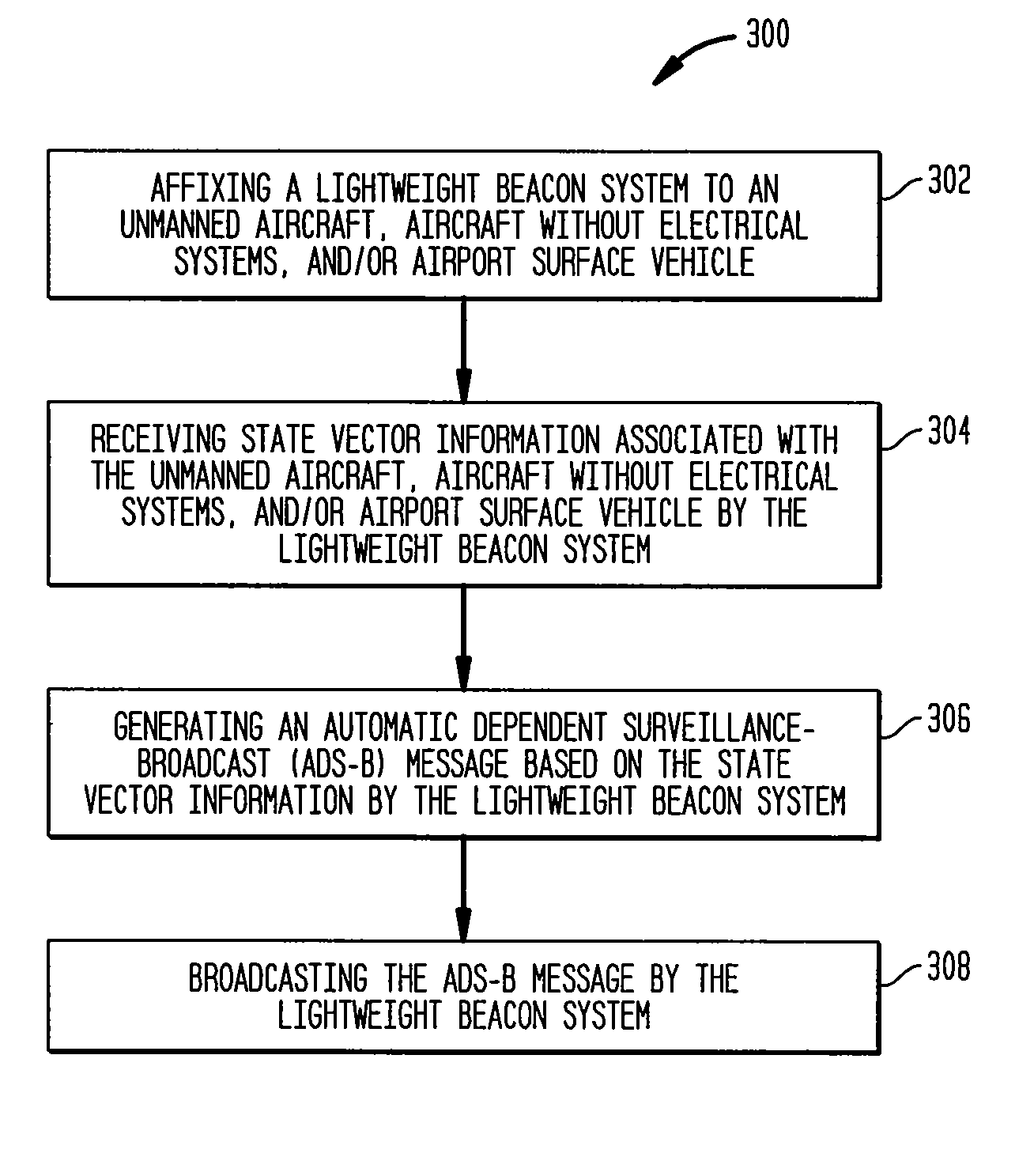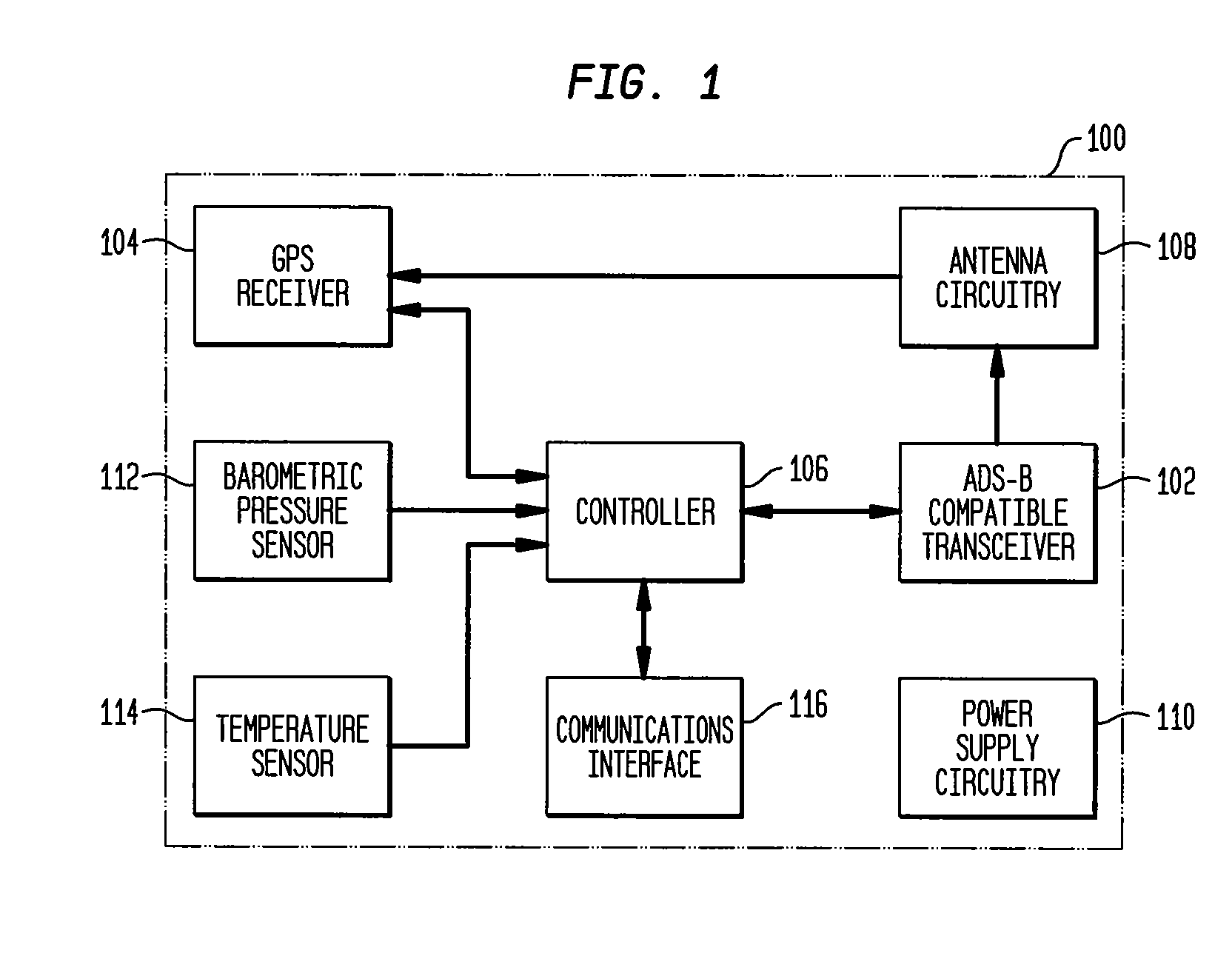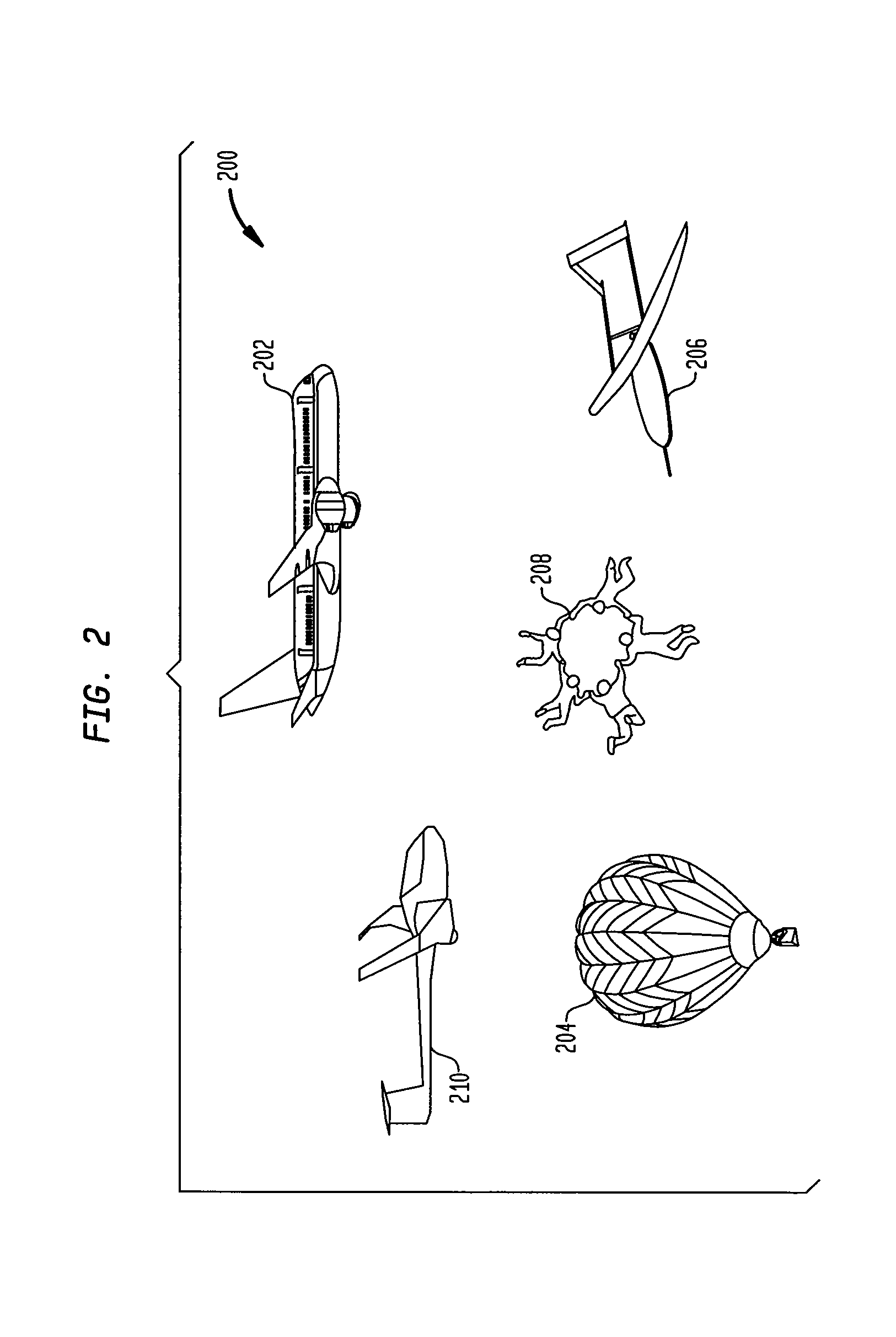Observability of unmanned aircraft and aircraft without electrical systems
a technology of electrical systems and unmanned aircraft, which is applied in the direction of aircraft traffic control, instruments, measurement devices, etc., can solve the problems of increasing safety risks, uas are currently not permitted to operate in u.s. airspace, and the greatest risk of collision with small general aviation systems
- Summary
- Abstract
- Description
- Claims
- Application Information
AI Technical Summary
Benefits of technology
Problems solved by technology
Method used
Image
Examples
Embodiment Construction
[0021]The present invention is directed to improving the observability of unmanned aircraft systems (UAS), aircraft without electrical systems, and airport surface vehicles. In particular, the present invention relates to a lightweight beacon system, affixable, for example, to UAS, aircraft without electrical systems, airport surface vehicles (e.g., baggage carts, tugs, trucks, snow plows, lawn tractors, construction equipment, etc.), skydivers, gliders, and / or balloons. The lightweight beacon system may also be attached to land-mobile vehicles that may be part of a disaster relief, national emergency, or search-and-rescue activity, where it is desirable for ground-based and airborne assets to complement the surveillance awareness of each other or to communicate information to a centralized command and control authority.
[0022]The lightweight beacon system uses a small, low-powered, portable radio beacon to broadcast the location of the aircraft, vehicle, or person to which the beaco...
PUM
 Login to View More
Login to View More Abstract
Description
Claims
Application Information
 Login to View More
Login to View More - R&D
- Intellectual Property
- Life Sciences
- Materials
- Tech Scout
- Unparalleled Data Quality
- Higher Quality Content
- 60% Fewer Hallucinations
Browse by: Latest US Patents, China's latest patents, Technical Efficacy Thesaurus, Application Domain, Technology Topic, Popular Technical Reports.
© 2025 PatSnap. All rights reserved.Legal|Privacy policy|Modern Slavery Act Transparency Statement|Sitemap|About US| Contact US: help@patsnap.com



